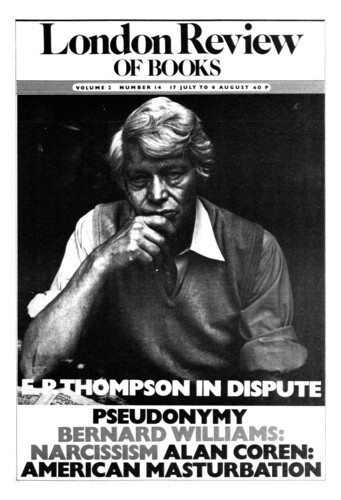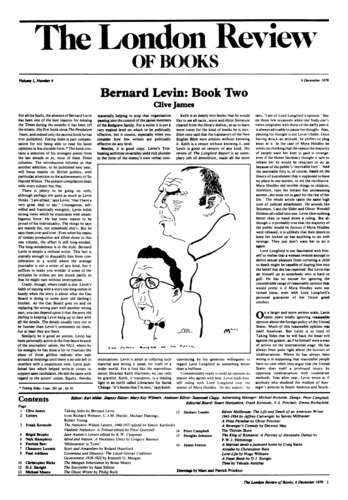Prince Arthur
Paul Addison, 21 August 1980
There have been aristocrats in British politics since Arthur Balfour. But the career of ‘Prince Arthur’ was the last great expression of the old aristocratic system before it crashed. In the late 19th century a flourishing grapevine of wealthy and leisured families still clambered in profusion around the House of Commons and the Cabinet. At 10 Downing Street Lord Salisbury promoted his relations so vigorously that his administration became known as the ‘Hotel Cecil’, and the apple of his eye was undoubtedly his nephew, Arthur Balfour. A delicate and bookish young man, Balfour was at first written off by men of the world as a bit of a cissy. At Cambridge he was nicknamed ‘Pretty Fanny’, and it was noted that instead of riding and shooting at weekends he preferred to hang about with the girls. But Lord Salisbury knew that his nephew was made of sterner stuff. In 1886, he tried him out as Secretary for Scotland and Balfour proved his worth by imposing law and order on the rebellious crofters of the Isle of Skye. The following year he was promoted to the Irish office and set about the suppression of rural protest with an iron fist. Soon he was heir apparent, and in 1902 it seemed the most natural thing in the world that he should succeed his uncle as Prime Minister.



